After the birth of the child, each mother will have a permanent trip to the doctors. If the baby is first, then many of the terms for Mom will be new and frightening. Intracranial pressure is one of the frequent diagnoses in children. We will analyze specifically what is this and how dangerous.
Contents
- Causes of intracranial pressure in a child
- How to understand that a child has intracranial pressure?
- How to measure intracranial pressure in children?
- Intracranial hypertension in children
- Symptoms of intracranial pressure in children under the age of
- Intracranial pressure in a child of 3 years
- Intracranial pressure in a child of 5-7 years
- How to treat intracranial pressure in a child medically?
- Folk treatment of intracranial pressure in children
- What is dangerous intracranial pressure in a child?
- How to treat intracranial pressure in a child: reviews
- Video: Intracranial pressure
Our brain inside is filled with a cerebrospinal fluid called cerebrospinal fluid. During circulation, it creates a pressure within it, which is intracranial. Liquor regulates respiratory activity, circulation, participates in the excretion of some metabolic products, protects the brain from mechanical damage, performs transport and immune function. Within a day is formed from 40 ml, a newborn healthy child, up to 1 liter of cerebrospinal fluid, in an adult.
IMPORTANT: intracranial pressure is not a diagnosis, it is inherent in everyone. But raising or lowering its rate serves as an indicator of the development of a disease.
Causes of intracranial pressure in a child
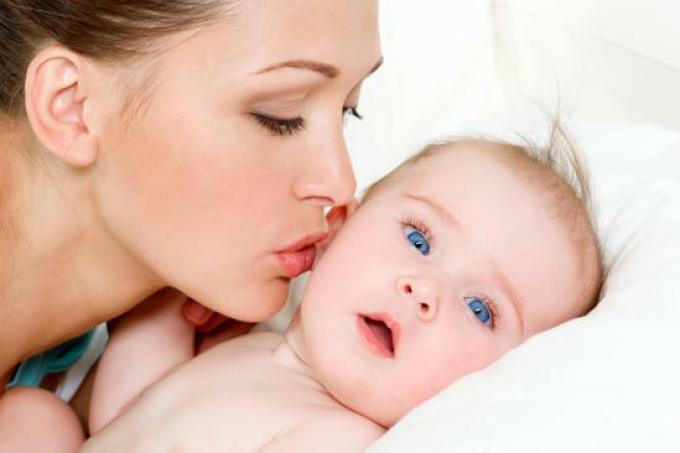 Causes of ICP
Causes of ICP Causes of decreased intracranial pressure:
- damage to the bones of the skull or its meninges
- avitaminosis
- brain damage
- poisoning of the body
- endocrine diseases
- infections
Diseases in which there is an increasedpressure :
-hydrocephalus
- brain tumor
- encephalitis
- meningitis
- craniocerebral trauma
intracranial hemorrhage
- obesity
- violation
metabolism How to understand that the child intracranial pressure?
When a child grabs his head and cries, many parents do not have questions - he has a headache. With intracranial pressure, this is one of the main symptoms, both elevated and low. Pain falls on the occipital part of the head, children also have lethargy, capriciousness, lack of appetite, nausea, vomiting, and low heart rate. In the case of elevated blood pressure, children experience strabismus and mental retardation.
How to measure intracranial pressure in children?
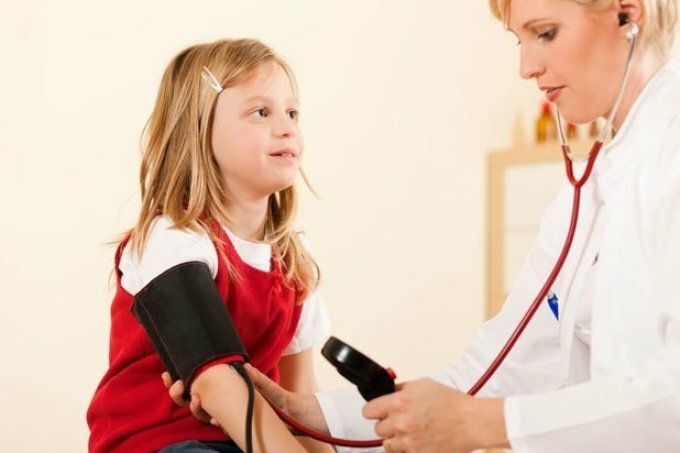 Measuring pressure in a child
Measuring pressure in a child In order to reliably measure intracranial pressure, surgical intervention is necessary.
IMPORTANT: it is not possible to determine the ICP to the "eye".
The ICP measurement is carried out in two ways:
- Spinal puncture - insertion of the needle into the spinal canal through which liquor flows into the pressure gauge, where the level of ICP is measured
- The neurosurgical operation , during which a hole is made in the skull, directly in the lateral ventricle of the brain, a catheter is inserted and using the subdural screw is determined by ICP
It is possible to detect ICP using indirect methods such as: neurosonography( ultrasound of the brain), MRI, CT, electroencephalus(EEG) and examination of the ophthalmologist.
IMPORTANT: all other methods are imaginary, inauthentic and conditional.
Intracranial hypertension in children
Intracranial hypertension is an idiopathic disease that is established in the association of regular high blood pressure. The pathology is caused by an increase in spinal or tissue fluid, venous blood stagnation or brain tumor. It develops gradually.
In addition to the below listed symptoms, the manifestation of intracranial hypertension also includes: breathing disorder, tachycardia, tinnitus, bruises under the eyes and a decrease in the pupillary response to light.
Symptoms of intracranial pressure in children up to the year
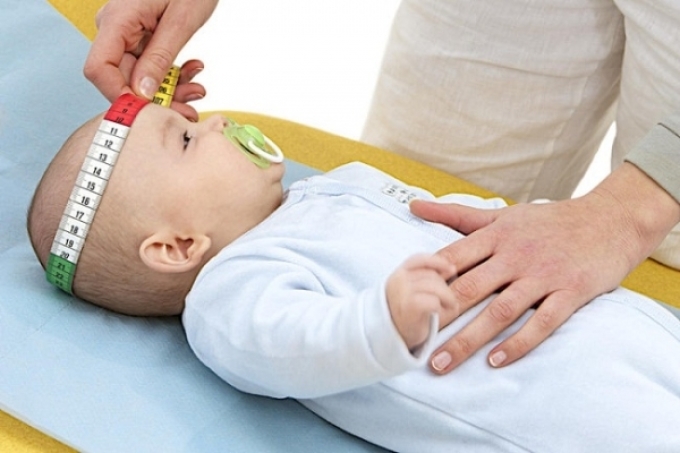 Measurement of the head circumference
Measurement of the head circumference In newborns and infants, signs of intracranial pressure are much more "brighter" than in children after the year.
- Firstly, this is due to the presence of the fontanel. Before reaching the age of one year, the skull bones grow, so the sign of ICP is most noticeable. The child has swelling of the fontanel and divergence of the seams of the skull bones .Because of the accumulation of cerebrospinal fluid in the ventricles of the brain, the frontal part of the head increases, thereby disproportionate growth of the head. The last sign indicates the development of hydrocephalus
- Secondly, because of the increased pressure in the infants, widened veins of the head are seen, in the temple and forehead most viewed
- . Third, due to the violation of the oculomotor nerves, the develops strabismus
The signs of ICP in newborns also include: constant regurgitation, inhibition, cries during coughing or sneezing, and constant lowering of the head downward.
IMPORTANT: only a doctor can determine the correct diagnosis, so when a child's symptoms appear, it is necessary to show the neuropathologist.
Intracranial pressure in a child of 3 years
The manifestation of intracranial pressure in a 3-year-old child is determined by his hyperactivity, walking on tiptoe, a violation of physical and mental development, lack of attention and irritability. It may be due to physical stress, stress, crying, viral infections, or, for example, overexertion, and so on.
Intracranial pressure in a child of 5-7 years
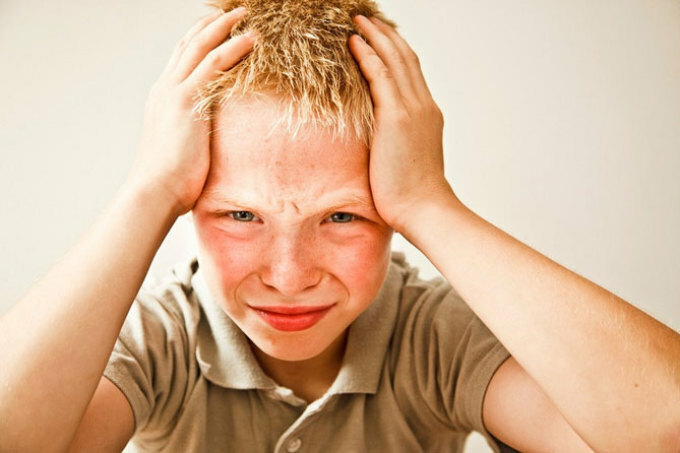 Intracranial pressure in 7 years
Intracranial pressure in 7 years For children of 5 and 7 years of age, symptoms of ICP are: exacerbation of headache at night or in the morning, fatigue, strabismus, nausea, vomiting, convulsions, turbidityin the eyes( flashes), pain behind the eye sockets, irritation, tearfulness and apathy. The emergence of ICP is associated with the same factors as the 3-year-old child.
How to treat intracranial pressure in a child medically?
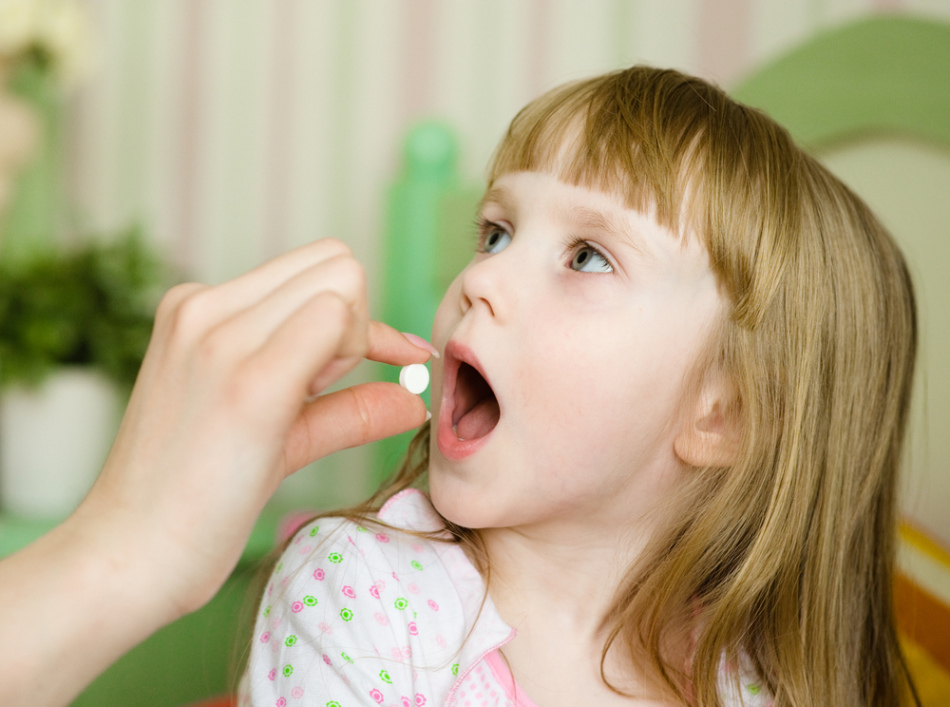 Drug treatment of ICP
Drug treatment of ICP For the treatment of increased intracranial pressure, use:
- diuretics such as Diacarb
- medications containing potassium
- reception of corticosteroids
For reduced pressure apply:
- nootropic drugs
- amino acids
- vitamins( Glycine, Magnesium B6)
- and caffeine-containing drugs
IMPORTANT: Treatment depends on the degree of disease and age of the child.
The therapeutic measures are based on the use of medications that:
- promote the improvement of cerebral circulation, such as Cortexin, Actovegin, Somazina, Ceraxon, Pantogam, Cavinton, Cinnarazine.
- eliminates postpartum consequences - Traumeel
- has a calming effect - Nervochel
- normalizes sleep - Dormikind
Folk treatment of intracranial pressure in children
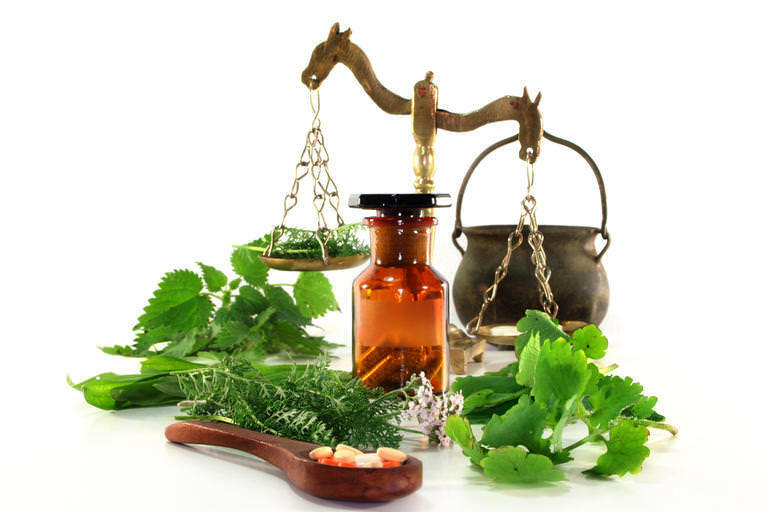 Popular treatment of
Popular treatment of To reduce pressure and relieve headache in a child, folk medicine has decoctions and infusions of medicinal herbs.
- lavender decoction. For this you need 1 tbsp.dry lavender flowers pour boiling water and boil for 3 minutes. After which the broth should insist 30 minutes. Take the medicine for 30 days, with a break of 14 days. Before going to bed, you can rub the broth into the baby's scalp
- Decoction of mulberry .A bunch of mulberry branches, for 15 minutes, is boiled in 1 liter.distilled water. After that, it is filtered and used. Take only freshly cooked one cup before eating.
- Lavender oil. Used for the appearance of the first pains, rubbing it into whiskeys in a hot form.
- Mixture of lemon and garlic. For preparation it is necessary to take two lemons and one head of garlic and pass through a meat grinder. Eat 30 ml before going to bed in a diluted form, so as not to injure the stomach
- Birch juice .Drink 2-3 cups a day, or if the baby is small, replace the juice with 1/2 the daily norm of the liquid being drunk.
What is the risk of intracranial pressure in a child?
Untimely treatment of intracranial pressure in a child can lead to the following consequences:
- Vascular dystonia
- Epilepsy
- Mental disturbance
- Poor vision
- Hyperactivity
- Overstrain
IMPORTANT: children are separately isolated from congenital hydrocephalus that was formed in the womb as a result of genetic abnormalities.
How to treat intracranial pressure in a child: reviews
The first thing you need to start treatment is to normalize sleep and feeding a child, and spend more time outdoors.
For normalization of pressure, a session of neck massage, exercise therapy, swimming and vitamin intake are also prescribed.
IMPORTANT: with cerebrovascular complications or hydrocephalus, the operation of
is possible. IMPORTANT: Treatment of ICP is necessary in conjunction with the underlying disease,it is only a symptom.
Intracranial pressure is a "diagnosis", which should not scare its name when it is heard in a polyclinic. In the first place, it is important to monitor the development of your child and if you find symptoms of ICP immediately contact the neurologist. Secondly, follow all of his treatment recommendations. In the meantime, the measures taken will not provide the child with complications.
